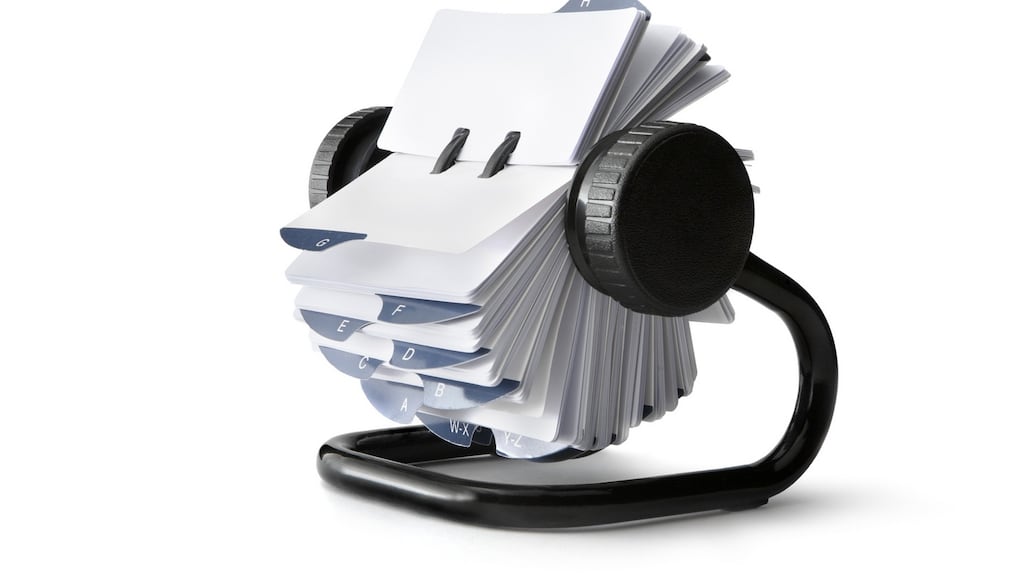It was reading Tina Brown's Vanity Fair Diaries that reminded me of the Rolodex. Her fascinating chronicle of how she took Manhattan, turning around first Vanity Fair magazine and then The New Yorker, reads like a time capsule unpacked. Set in the 1980s, it was a pre-electronic age – no mobile phones or emails - and when having a contacts-packed Rolodex was a valuable commodity in a new hire – a fact she mentions more than once. They are still for sale but it's hard to imagine anyone having a Rolodex anymore – too unwieldy especially for hot-desking media workers, and when all your contacts are in your phone or the cloud. The rolling address book was designed by Hildaur Neilsen, a Danish engineer and US inventor and former journalist Arnold Neustadter working for US stationery firm Zepher American. Individual contacts are written on small white index cards which rotate around a spindle. Tabs marked A-Z make the cards easy to find. The ruthless beauty is that a contact's card can be easily discarded when no longer of any use. Neustadter began working on the concept for the Rolodex in the late 1940s and it came to market in 1956. The name has now become a generic for any cylindrical rotating card file.












